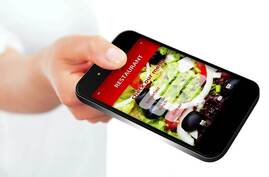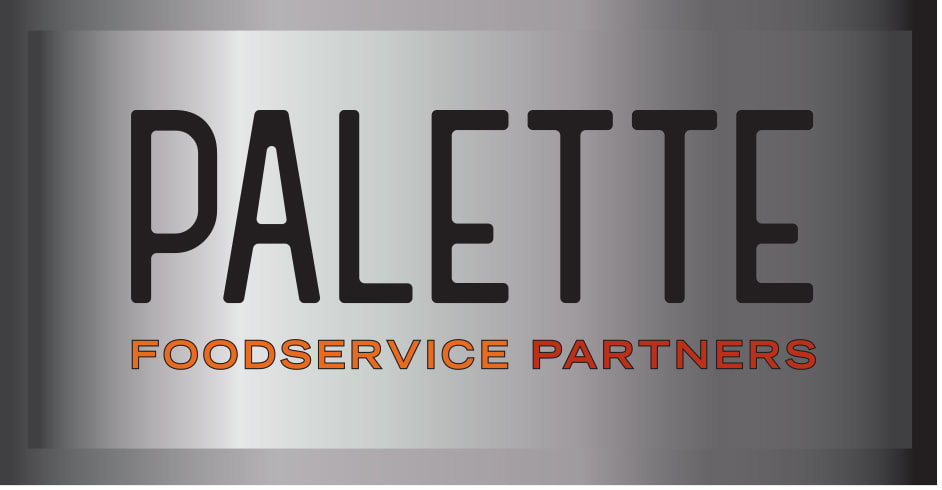 Consumers are significantly more apt to read a text than an email. In fact, according to the Mobile Consumer Engagement Study 2020, 40 percent of consumers say they have at least 50 unread emails. Ten percent say they have more than 1,000 such emails. On the flip side, only 4 percent of consumers say they have 50 or more unread mobile text messages. Knowing this, how can you use texts to drive guest engagement? Could you use them to send a location-specific promotion of your popular mozzarella sticks before a big game? Ping a request for an online review immediately following a dine-in meal? What key guest actions could you best encourage with a brief message that gets immediate attention?  Does your digital marketing program offer the right combination of personalization and exclusivity? In the past year, that has been the winning recipe for Taco Bell, which has increased its customer base five-fold throughout the course of its new digital engagement campaign. In a recent podcast interview with Nation’s Restaurant News, Zip Allen, Taco Bell’s vice president of global digital and omnichannel product experiences, said the brand has tried to maximize both of those elements in their campaign. Part of this involved the launch of a $5 build-your-own-cravings box, which they made available to loyalty program members first. They have followed this effort by releasing new menu items to loyalty program members first via their app. Not only do these members-first offers make the program feel more special to customers, but they also drive sales through the app (and elevate the buzz surrounding any new items released). As a result, Taco Bell can gather more/better data on their customers, which they can then use to craft new promotions to further boost their loyalty. If you’re trying to increase your digital sales and engagement right now – and you should be, since that is where the best insights about your customers live -- what can you do to ensure your digital channels feel like exciting, customized, special places to be?  Digital marketing has gotten increasingly important in the past year, with both off-premise and physical experiences at restaurants becoming more digitized. To make the most of your staff’s time and your face-to-face interactions with customers, have you thought about outsourcing the digital marketing element of your business? It may be a better long-term investment if you have the resources. If you’re considering delegating part or all of your digital marketing efforts to a third party, take into account the various tech tools and platforms you’re currently using to reach customers and how effective they are. For example, does your website make it easy for customers to quickly find what they need from you, with a minimum of scrolling and clicks? Does it translate well to a mobile device? Is it always up to date – or does it fall to the bottom of the to-do list when it needs a refresh? How well does it stand out on Google when customers are looking for restaurants like yours? Think about your outreach to customers, whether email communications, posts to social media accounts, or responses to customers who have left online reviews. Assess the items that take too much of your time, aren’t able to be completed promptly, or would generate the most profits for you if you weren’t having to manage them in-house.  We have reported before about how the social media platform TikTok has helped elevate restaurant brands – and restaurant bloggers – during the pandemic. Now the platform is proving its value as a recruitment tool for restaurants as well. Its new “Résumés” feature encourages applicants to record a brief video résumé showcasing their skills, then post it with the hashtag #TikTokResumes. The feature encourages more creative, authentic sharing of skills than a traditional résumé would – and it might help a restaurant get a little bit of extra attention in the labor market at a time when restaurants are vying for workers. Chipotle recently began accepting TikTok résumés.  How well does your website reflect the experience of dining with you? As you get business back on track after the past year, make sure your website is ready. First, focus on the mechanics: It should be easy to navigate on a mobile device, have an intuitive interface that doesn’t require a lot of scrolling and clicking to find items, and include updated hours and contact information. Then, make the most of your visuals. Place high-impact content toward the top – several eye-catching photos representing your menu items, or even a sweeping video shot of menu items being delivered to a table. Include brief but meaningful food descriptions with updated items and prices. Finally, ensure your site makes connections: Include your social media links, invite people to join your rewards program and optimize your site’s SEO so people can easily find you online.  As we have all learned in the past year, your online presence is just as critical as your physical presence. Getting information out about your restaurant in a timely manner – and making sure the right people see it – is more important than ever. As you plan your online outreach, make sure you have a structure in place for staying on top of how various channels are evolving. For example, during the course of the pandemic, platforms including Yelp and Google My Business made a number of updates to enable restaurants to post new operating procedures, health and safety modifications, service offerings and links to third-party delivery sites, according to the digital marketer SOCi. Restaurants that noticed these changes could take advantage of the sites’ promotion of them. By having a system in place to track how these platforms and others are operating and evolving, you can ensure that the efforts you are putting into promoting your restaurant are paying off in the form of more favorable placement on websites, social media networks and search engines. Follow related accounts on social media and monitor news alerts from key companies to track changes in course. At the same time, ensure that any information you make available online is updated with your current hours, menu and any other information you post that may be in flux (and could disappoint guests if incorrect).  What tools and networks are helping you carry out your digital marketing strategy? If your plan needs a refresh, focusing on creating engaging video content could help. Throughout the pandemic, many restaurant operators have found TikTok to be a surprising outlet for attracting and maintaining business. As of April, 21 percent of U.S. adults say they use TikTok, along with 50 percent of 18- to 29-year-olds, according to a Pew Research Center study. The Washington Post reports that TikTok has had the advantage of being a place where restaurants and the bloggers who cover them are both seeking opportunities – and can benefit from finding ways to work together. Restaurants that have invited bloggers for a free or discounted meal in exchange for a review – or even those that have shared recipes, kitchen tools or food prep tricks that end up going viral – have managed to attract business. While partnering with food bloggers and sharing tips and tools are nothing new for restaurants, TikTok’s brief video format seems to be the format of choice right now – and other channels are following suit. Recently the head of Instagram spoke on social media about how Instagram would no longer be favoring the square, static images that helped it rise to prominence, but would be boosting engaging video content on its site – and it now provides users with several options for posting videos of varying lengths. As you think about how to present your restaurant online, consider how to present your food, people and background story in a dynamic way. Look beyond the still image and aim to tell short, engaging stories instead. |
Subscribe to our newsletterArchives
March 2024
Categories
All
|



 RSS Feed
RSS Feed